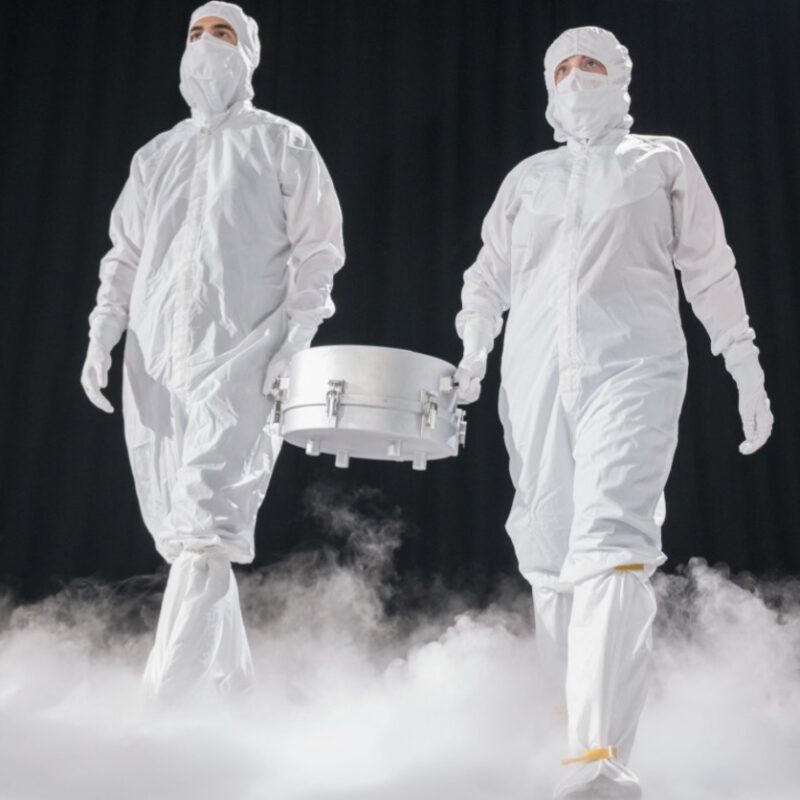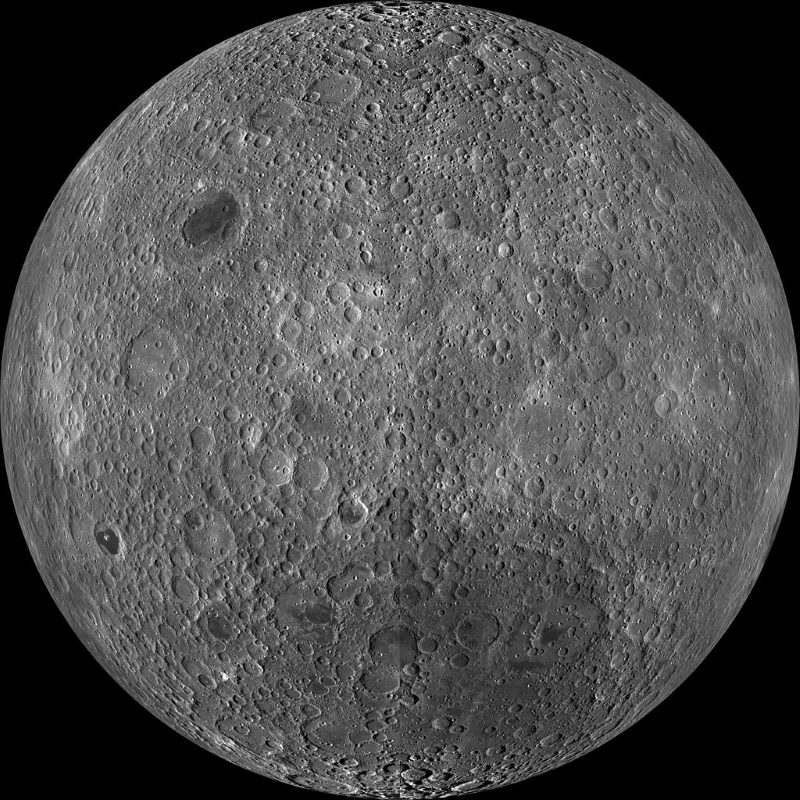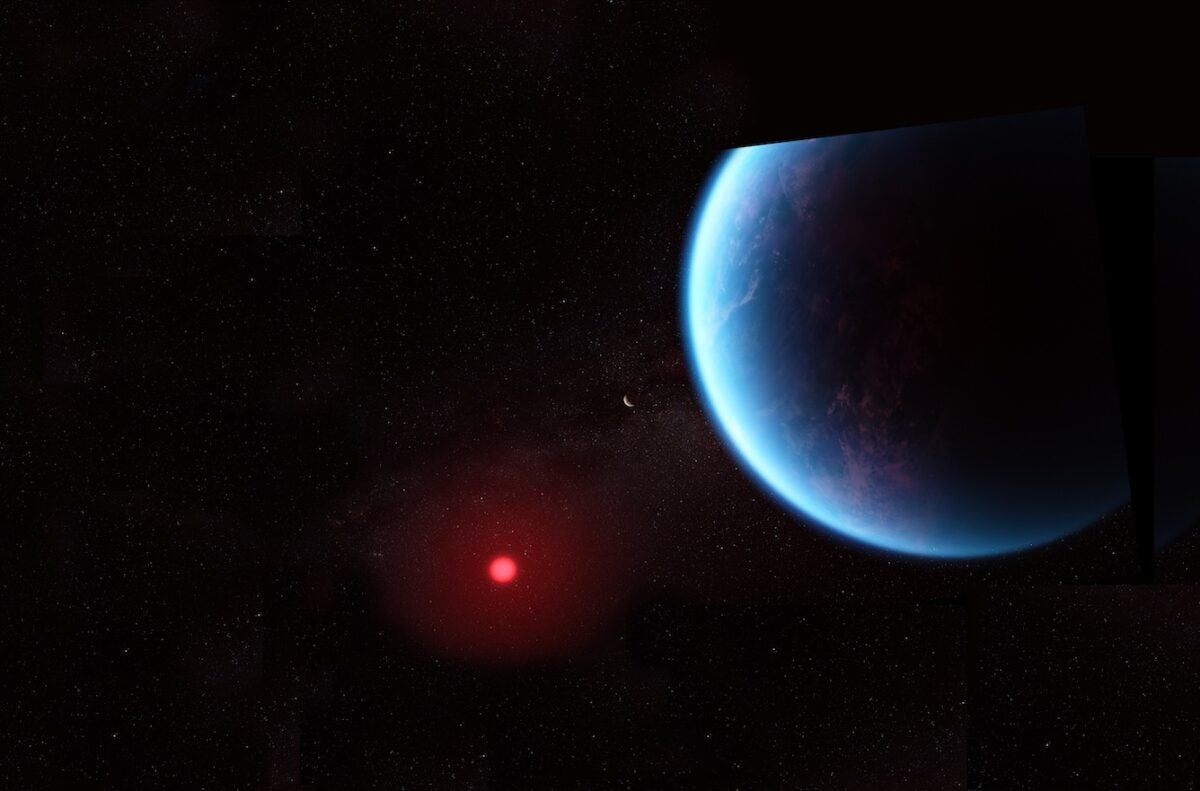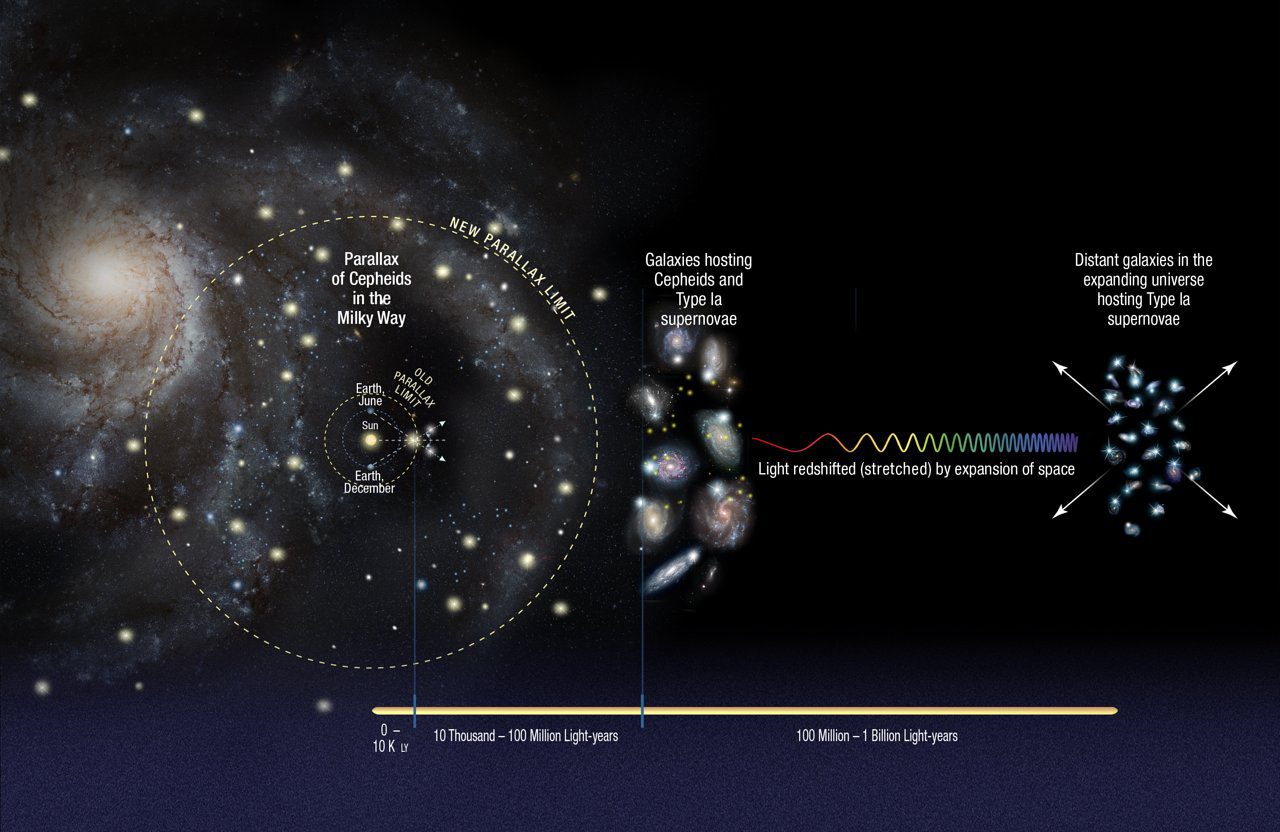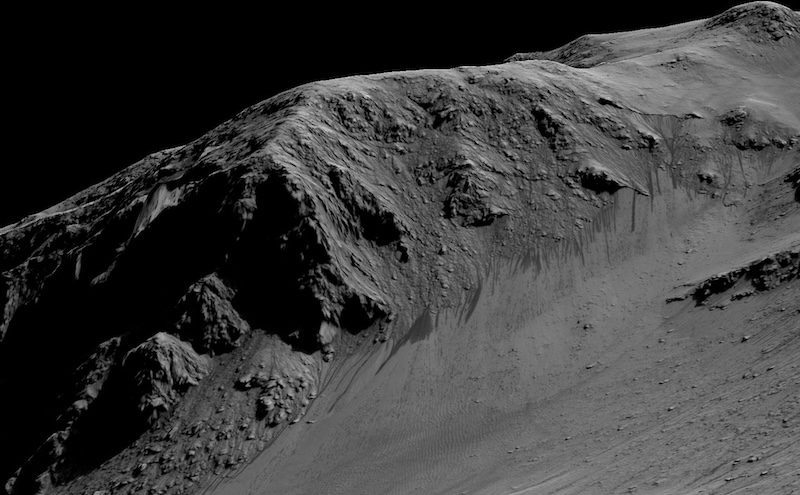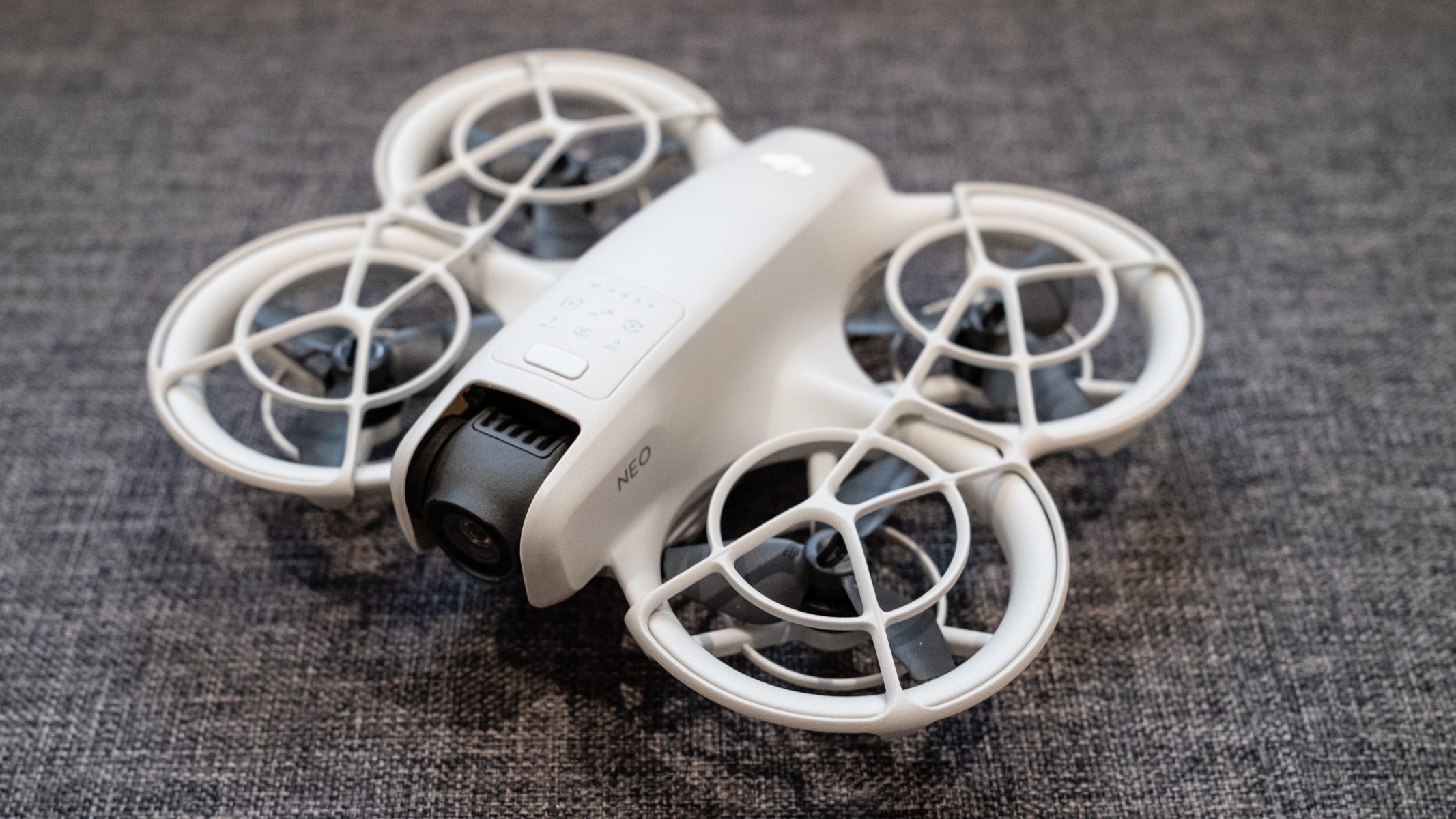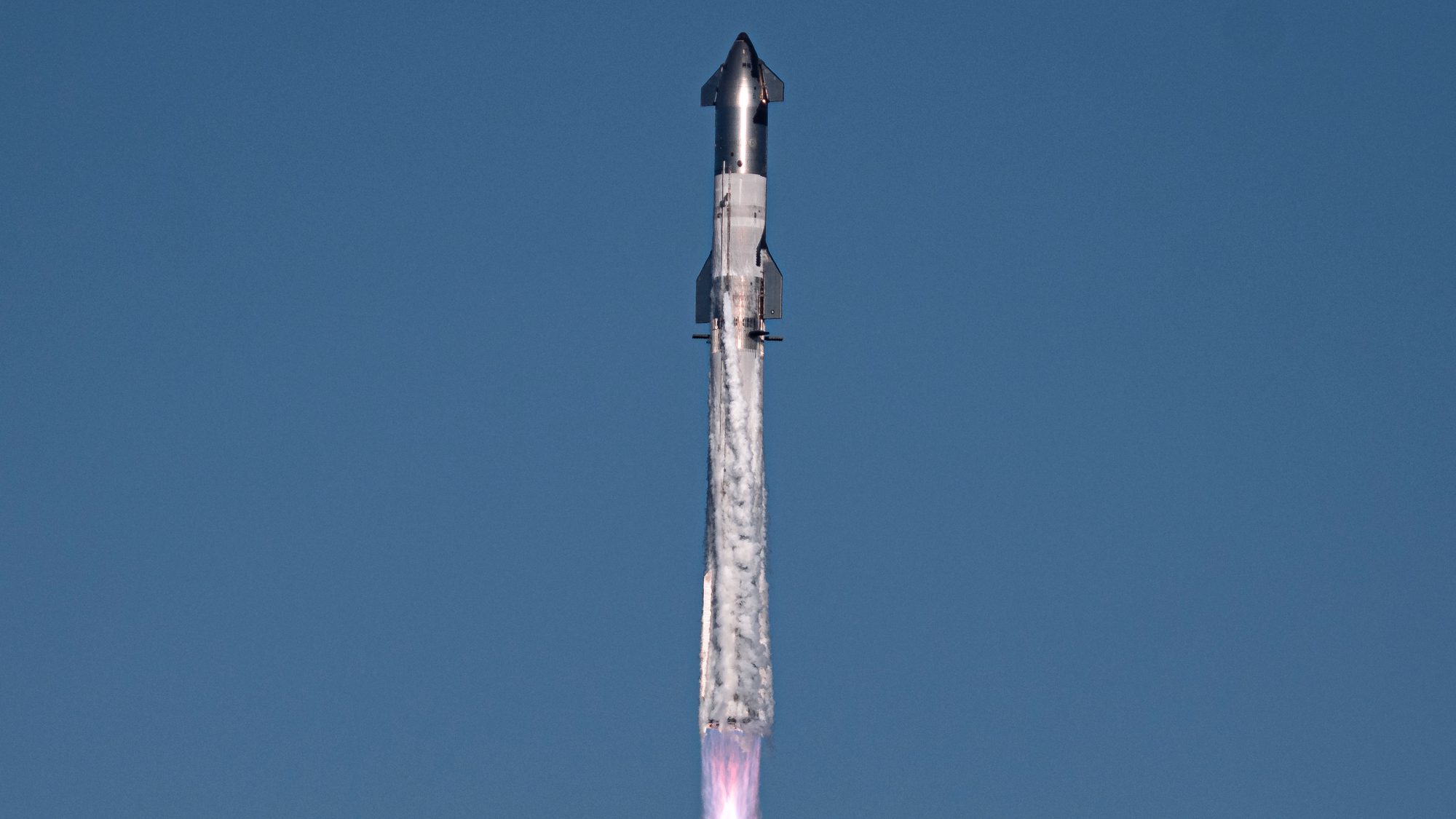KA-BOOM! Mars shakes when meteors hit its surface
A rock from space slammed into Mars in February 2021, causing seismic waves that reached NASA’s InSight spacecraft, located 1,000 miles (1,600 km) away. The impact left a 70-foot (21-meter) diameter crater and dented an area nearly a mile wide (1,600 meters). ESA’s ExoMars Trace Gas Orbiter (TGO), using its Color and Stereo Surface Imaging … Read more

